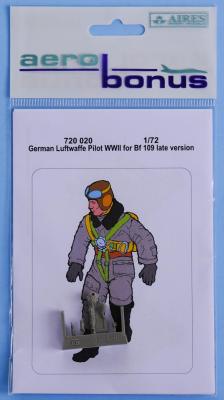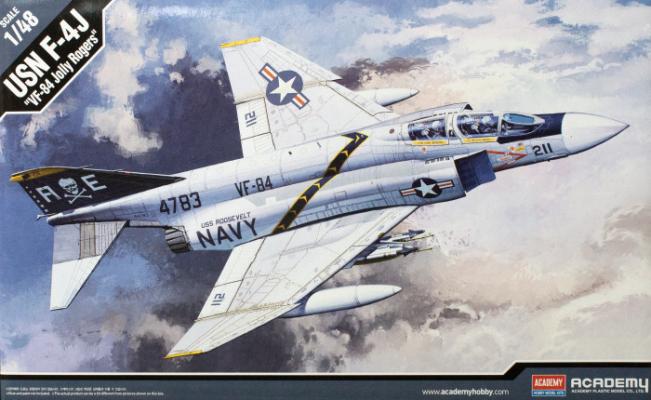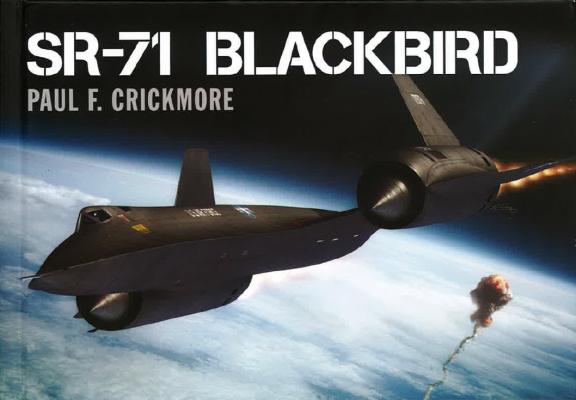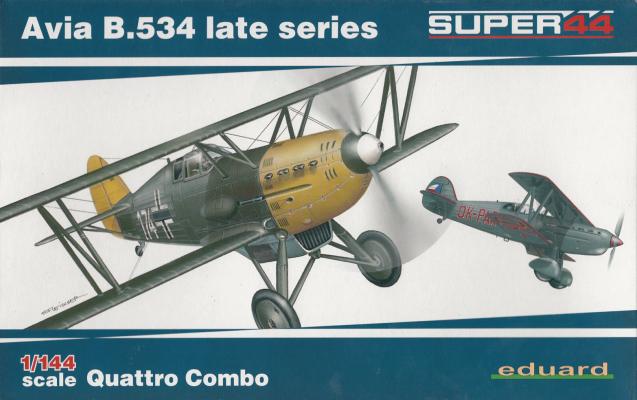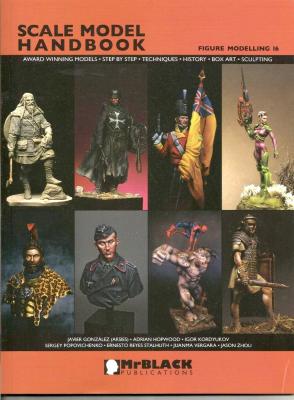This Aires Aerobonus figure is a perfect addition to your diorama or display base. This German Pilot figure is designed to be used with any late version Bf 109 in WWII. The figure is designed to have its right foot standing in the seat, with the left foot on the cockpit edge and both hands on the canopy framing. The pilot is wearing a parachute, but no life vest. Aires Aerobonus provides a resin figure with separate arms and head on one pour stub with side bars to protect the figure. Of note is the re-sealable packaging that Quickboost uses that makes the parts easy to review and then stuff back into the package securely. The supplied instructions provide color drawings for painting.
Welcome to the IPMS/USA Reviews site!
Introduction: The primary organization of the IPMS/USA Review website is by IPMS/USA National Contest Class. Within each Class there are sub-menus by kits, decals, books, etc. The Miscellaneous Class is for items that are not class specific or that cross two or more classes.
IPMS/USA Members: We encourage you to submit reviews, both here and to the Journal. To volunteer for membership in the IPMS/USA "Reviewers Corps" and submit your own reviews, please read the Guidelines For Submitting Product Reviews.
Manufacturers, publishers, and other industry members: IPMS/USA is pleased to offer your company the opportunity for product reviews. All product reviews are performed by IPMS/USA members, and are posted in the publicly-accessible section of our website. With very few exceptions, we perform full build reviews of new kit releases, aftermarket products, and supplies. If you would care to provide product samples for review, please contact John Noack, IPMS/USA 1st VP.
To learn more about IPMS/USA, please see our About Us page.
When initially opening the kit you are greeted with this note: ‘This product can be assembled without having to glue but usage of proper glue is recommended for detailed parts.’ I find these instructions intended to entice younger modelers bit comical—as this Phantom model clearly requires the aid of glues of several types. With that caveat, it is a very easy-to-assemble kit and enjoyable kit to build. In keeping with these basic instructions, I have assembled this kit using almost no filler, aside from a very small amount of Perfect Plastic Putty (applying it using a very fine tooth pick to apply the filler).
This is at least the second in this as yet un-named series from Osprey. The first that I’m aware of was Spitfire by Tony Holmes published in the same hardback format in August 2015. This appears to be a ‘handy’ size book that is possibly derived from earlier books by Paul Crickmore on the SR-71 Blackbird. Paul Crickmore has quite a history photographing and writing about the Lockheed Blackbirds leaning on his time as an Air Traffic Controller in London. Following the termination of the SR-71 program, Paul Crickmore produced a very detailed book, Lockheed SR-71: The Secret Missions Exposed that won praise from the aviation press, SR-71 crews, and the late president of the Skunk Works, Ben Rich.
The Aircraft
OK, this is not my first review of an Eduard 1/144 B.534. I reviewed the “early” version and now I get to review the “late” version. In the previous review I mentioned in the history that a B.534 flying with the Slovak uprising in October 1944 shot down a Hungarian Ju-52 transport. This was the last victory by a biplane ever. Well, this model is that airplane. The Avia B.534 began its career in 1934. At the time it was an advanced aircraft. By 1940 it was well into obsolescence. In August of 1943, Bulgarian B.534s were sent to intercept the B-24s on the Ploesti raid. They had neither the speed nor the altitude to reach the bombers. The decals for a Bulgarian B.534 are included in this kit.
Mr. Black Publications offers a very thorough and comprehensive series of books which feature “Figure Modelling”. This book is the 16th book in that series.
The book is not a Beginner’s Guide to Figure Painting, although there is much “foundation skills” information that is in the book. Rather, there are eight chapters, each featuring a specific subject, each with a different contributing author.
Each article is accompanied by a number of excellent photographs showing the project “in progress” and “completed”. A list of paints, brushes, primer, glue, and other materials used in the project are provided. This “shopping list” is something that I, as a rookie figure painter find extremely important. In each article, the author describes specific techniques such as base preparation, painting skin, armor, clothing, weapons, and “weathering”, or adding damage to the figure.











